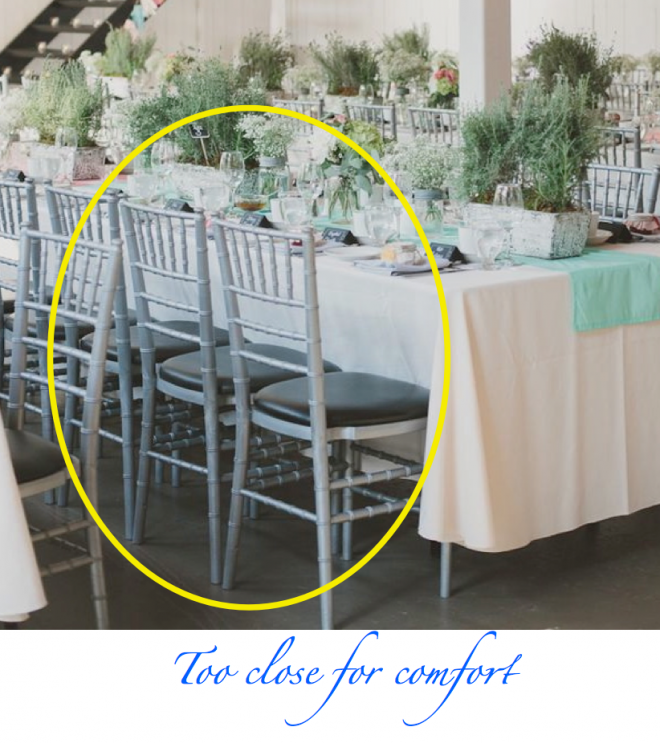
Fixing uncomfortable seating decor is crucial for creating an inviting and relaxing atmosphere in any space, be it your home, office, or commercial setting. Uncomfortable seating arrangements can hinder relaxation, impact productivity, and ultimately, decrease the overall enjoyment of the environment. This comprehensive guide provides insights and actionable strategies to transform your seating areas into havens of comfort and style. We’ll delve into specific strategies to optimize seating layouts, including lighting, color schemes, and material selection, to ensure your spaces encourage relaxation and a positive experience. This guide will cover these aspects in detail.
Choosing the Right Seating Arrangement
Understanding Your Needs and Preferences
Creating a comfortable seating area begins with a thorough understanding of your needs and preferences. What is the primary function of this seating area? Will it be for socializing, relaxing, or focused work? Consider who will be using the space, and the activities they’ll engage in. If the seating is for entertaining, you’ll want to prioritize open layouts and ample seating capacity. For a more intimate atmosphere or for focused workspaces, smaller seating areas and more individualized seating arrangements might be more suitable. By considering these factors, you’ll be well on your way to designing a comfortable and productive space.
Layout Considerations
Consider how the seating arrangement affects the flow of traffic in the room. Make sure that there is adequate space between seating areas to prevent overcrowding. A thoughtful layout can help facilitate easy access and movement for everyone using the room. A properly arranged seating layout also contributes to comfort and social dynamics; avoid a rigid arrangement that may appear closed off or impersonal. The goal is to create a warm atmosphere while maintaining practicality.
The Power of Color in Seating Decor
Choosing Colors for a Relaxing Atmosphere
The colors you select for your seating area can significantly impact the overall ambiance. Cool colors, like blues and greens, often evoke feelings of calmness and serenity, making them excellent choices for relaxation spaces. Conversely, warm colors, such as reds and yellows, can create a more energetic and stimulating environment, which could be beneficial in a lively work setting. Consider the mood you want to evoke and select color palettes accordingly.
Color Coordination
It is important to ensure the colors you choose work together to create a cohesive look and feel. When choosing upholstery, accent cushions, or other decorative elements, consider how the colors complement or contrast each other. A balanced color palette is key to creating an inviting and comfortable atmosphere. Remember that the colors in your seating area can be further enhanced by using patterned cushions or throws to add visual interest.
Enhancing Seating Comfort
Incorporating Texture and Materials
The texture and materials of your seating elements significantly impact comfort. Soft, plush fabrics, such as velvet or corduroy, can offer a more luxurious and inviting experience. These materials have a tactile quality that enhances the overall feeling of comfort and style. Natural fibers like linen or cotton can provide a sense of breathability and natural elegance. Hard or inflexible materials can induce discomfort, so consider this when making your selections.
Ergonomics for Enhanced Comfort
Proper ergonomic considerations are critical for long-term comfort and well-being. Ensure your chairs or sofas are properly supported, have appropriate seating depth and armrest height, and have a supportive back design. Paying attention to these details can significantly improve comfort levels over time, thereby improving the efficiency of the area, and in turn, increase usage and enjoyment. If there’s a seating area where people might spend extended periods, prioritize ergonomic elements.
Lighting Design for Enhanced Comfort
Creating a Mood with Lighting
Lighting is vital to creating a comfortable and inviting ambiance. Ensure adequate lighting without making the area feel overly bright. Soft, ambient lighting can create a sense of relaxation and tranquility, while targeted task lighting can improve focus and productivity. Consider a combination of overhead lighting, table lamps, or floor lamps for a well-rounded lighting scheme.
Natural Light Maximization
Maximize the use of natural light to further enhance comfort. Natural light can improve mood and foster a welcoming environment, which is beneficial for productivity and focus. Strategic placement of seating areas in relation to windows can optimize the use of natural light, and thus improve your seating areas.
Spatial Arrangement and Aesthetics
Flow and Space Optimization
The spatial arrangement of seating elements is crucial for creating a sense of balance and comfort. Ensure that there’s sufficient space for guests to move freely and comfortably interact. A well-balanced seating arrangement is key to a harmonious social environment. Avoid overly cluttered or cramped areas, as this can obstruct movement and generate feelings of discomfort. Carefully balance the proportion of seating in the space.
Decorative Elements
The use of decorative elements and accessories can contribute significantly to the aesthetic appeal of your seating area. Pillows, throws, and other accents can add texture and visual interest to a room and enhance the comfort. Use decorative items strategically to avoid clutter and to ensure aesthetic coherence.
In conclusion, achieving comfortable seating arrangements requires a blend of careful consideration of aesthetics, functionality, and, importantly, your personal needs and preferences. By understanding the impact of color schemes, textures, lighting, and spatial arrangement, you can create a welcoming environment that encourages relaxation. Remember, comfortable seating decor is not just about the furniture itself, but also about crafting a complete atmosphere. To further explore seating decor options and improve your spaces, we encourage you to explore our comprehensive guide, available here [link to guide].